
Dog Bad Breath: Main Causes & How to Get Rid of It
Below, read about what causes dog bad breath, whether it signals other severe conditions, how to treat it, and more importantly, how to prevent it to keep your dog happy and smelling fresh.
Dental health is vital to the overall health of our dogs, cats, wild animals, and even us humans. Without teeth, survival can be challenging as we could succumb to starvation. I spoke to Dali Shafer to learn more about the importance of dental health in animals.
Wild animals eat a natural diet consisting of uncooked meat, vegetation and partially digested grains found in the bellies of their prey. The processed food we feed our dogs is either canned mush or dry kibble which turns to sugar and creates an environment that bacteria thrive in.
Dali Shafer, Houndstooth Pet Dental Care
Dali and her sister Kathy founded Houndstooth Pet Dental Care, and have been caring for canine teeth while educating their owners on the importance of diet and dog dental care for more than 25 years.
One of their hundreds of clients was “Mitzi,” a Labrador retriever who was wasting away. The dog wouldn’t eat, and when she did, she would get sick. As you can imagine, Mitzi’s breath was offensive! Not knowing how to make their girl feel better or how to get rid of dog bad breath, her owners called Dali who, for two hours, coaxed the dog into resting on her lap and letting Dali clean her teeth.
That evening, Mitzi chomped on steak and vegetables without getting sick. She got stronger and put on 3 lbs. in only three days, and then began life on a healthier diet as her family learned proper dental techniques.
When your dog’s breath stinks, it can create problems in the human-animal relationship as malodor makes it unpleasant for us to get close and cuddle with our best friends, but think about it! The average dog has about 220 million scent receptor cells compared to a measly 5 million that humans have, so if you’re smelling dog bad breath, your dog smells it a lot more! Of more concern, though, is that halitosis may be the first sign you notice of periodontal disease in your dog.
Did You Know?
» Dogs are born toothless but grow deciduous teeth in their first two to three weeks.
» Adult dogs have 42 teeth, while cats have 30, and humans 32.
» Incisors and Canines are sharp front teeth used to grasp, pick-up, and tear meat.
» Pre-molars, immediately behind the Canines, vary in shape and size and are later replaced by an adult set.
» Molars replace the Pre-molars when your dog reaches adulthood. They are the flat back teeth used for chewing, gnawing, and crushing bones.
» Cavities, abscesses, and dental problems of all kinds are just as painful and detrimental to our dogs as they are to us.
Studies into Dog Bad Breath (aka Halitosis)
Limited research has been conducted on bad breath in companion animals. Most of what we know has come from human studies, yet Waltham Centre for Pet Nutrition examined the cause and effect of oral malodor in dogs to assess the relationship between bad breath and oral hygiene.
Dogs were fed various commercial diets, and through the use of a portable sulfide monitor, Volatile Sulphur Compound (VSC) measurements were recorded three times daily, before mealtime and then one and five hours after feeding.
The study demonstrated a definite link between dog bad breath and periodontal disease, and also that proper dental care markedly reduced the production of VSC and the perception of oral malodor.
My friend and colleague, Marty Becker, DVM, shares:
Periodontal disease is the top health problem vets see. Yet very few people look inside their dog’s mouth. Good oral health is the furry fountain of youth. It can help your dog live about 15% longer!
Marty Becker, DVM
Further to Dr. Becker’s comments, the American Animal Hospital Association (AAHA) states that by two years of age, approximately 80% of dogs have some form of periodontal disease.
“My Dog Has Bad Breath!” 5 Causes of Halitosis
If you’re wondering, “Why does my dog have bad breath?” here are some clues:
1. Teeth & Gum Disease
Broken teeth, excessive plaque buildup, and periodontal disease can all cause your dog to have bad breath as they most likely mean bacteria is present. Periodontal disease is a painful infection between the tooth and the gum that can result in tooth loss and spread infection throughout your dog’s body.
Signs include red, bleeding gums and brown mineralization on teeth, as well as sneezing and nasal discharge. Most dogs with periodontal disease show no initial signs. If your dog’s breath stinks, that may be your first clue. Plaque, the precursor, is not always visible, so it’s crucial to brush your dog’s teeth regularly, even when you don’t see debris.
2. Something Stuck in the Mouth
Teaching your dog to “leave it” may help, but when you turn your back, your curious pooch may seek out garbage and other non-approved substances that can make his breath unpleasant. If pieces of bone, sticks, and other food get stuck, bacteria begins to grow, and your pooch starts to stink. Chewing on things we consider disgusting (i.e., dead animal parts or feces, like out of the cat’s litter box), can also cause really bad dog breath!
3. Diet
Don’t be fooled into thinking crunchy kibble keeps dog teeth clean. Large dogs tend to swallow bits whole, while smaller dogs produce a lot of salivae to soften it, turning it into mush that attaches to teeth. Wet food may also seem mushy, but contains large amounts of water which may be helpful to your dog’s mouth.
Read pet food labels carefully. Dog foods containing sugar and additives may contribute to plaque build-up, and tooth decay as bacteria feeds on it. Whole fresh vegetables and proteins are generally best.
4. Illness
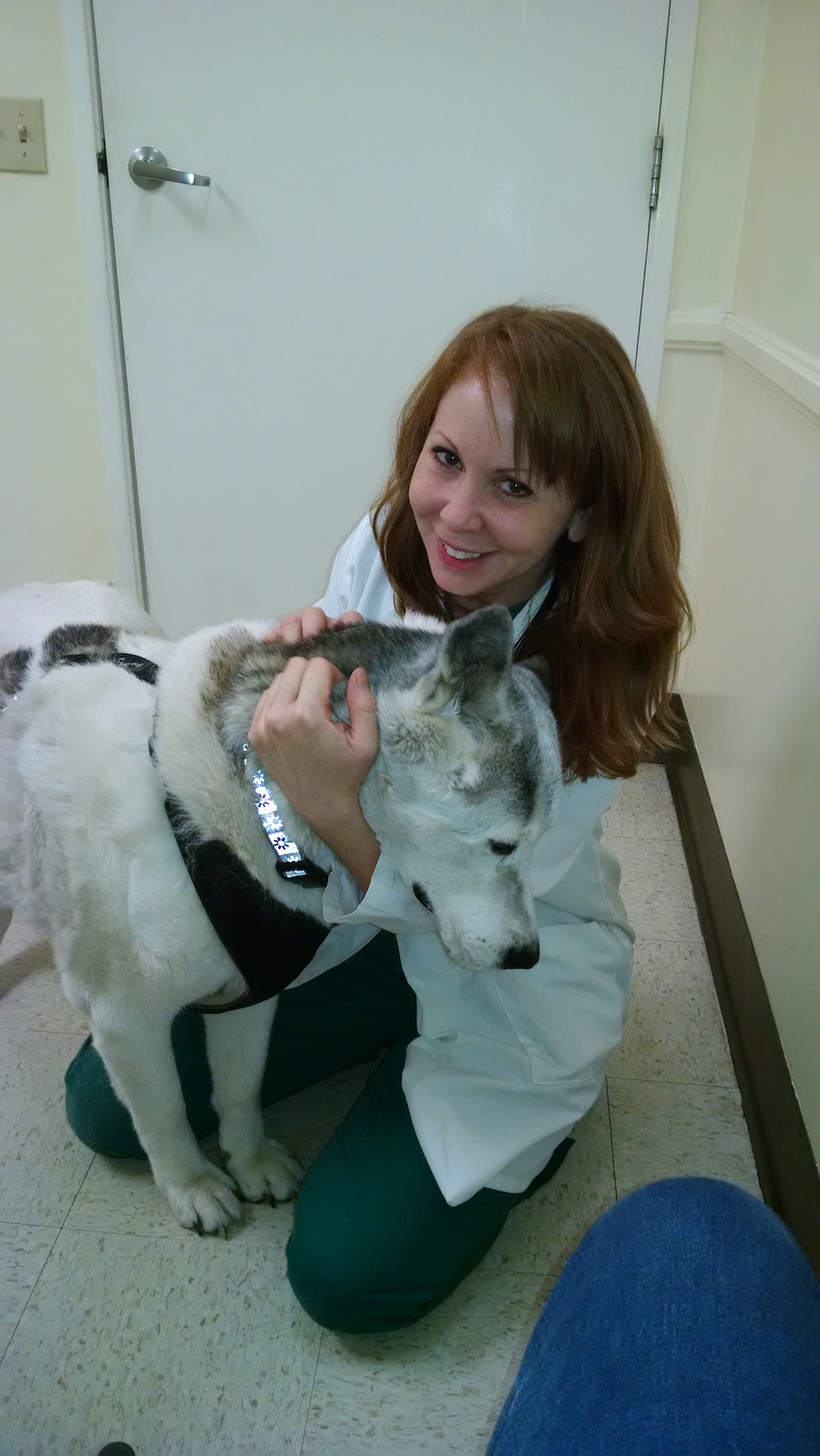
5. Oral Tumors
Mouth tumors appear as lumps in the gums, and they often grow faster than the body can supply blood to the area. Without proper blood flow, these growths die, and when they do, your dog’s breath will smell like something dead.
Important to note: If your dog had distemper as a pup, and was lucky enough to survive, his adult teeth may appear rotten. Let your veterinarian examine your dog so that they can remove decayed teeth, and along with them, bacteria and bad dog breath will disappear.
How to Prevent Dog Bad Breath
1. Feed a Healthy Diet
One of the best ways to prevent bad dog breath is to feed your dog a healthy diet. Seek out brands that list a high-quality protein first and few to zero sugars and additives. Raw fruit and vegetables is not just a nutritious dog treat, but carrots and apples are especially crunchy and abrasive enough to help break down plaque before it becomes tartar.
2. Brush Your Dog’s Teeth Daily
Inspect your dog’s teeth and gums regularly, just as you would the rest of him, from head-to-tail. Do this only when you are in a calm, patient mood yourself.
Keeping your dog’s mouth closed, gently pull his flews (those flabby lips) up, down, and backward, as if he were smiling, to get a good look inside. Look for redness, lumps, tartar, broken teeth, anything not right. If something appears sore, pay a visit to the veterinarian, but if not, brush those pearly whites!
Use a dog toothbrush or rubber finger brush (even a piece of gauze will work) and only dog-safe toothpaste. Position yourself next to your dog’s head, so you can lean him against you as you lift one corner of his mouth and begin brushing in circular motions, where the tooth meets the gum line.
Top 10 Best Dog Toothpaste Choices for a Healthy Puppy (Vet Recommended) - These 10 dog toothpastes all promise healthy pearly whites and a fresh breath for your dog. Let's find the best dog toothpaste for any pooch together!
If your pet is on medication or has any health conditions, always confer with your veterinarian about the best toothpaste for your dog. The trick is to go back to the front of the uppers, then on the other side, then back to the front on both sides of the lower jaw, praising your dog the whole time. Together you can have fun during a dental cleaning and prevent problems from occurring.
Here’s a video to take you through the steps:
3. Chews
The action of chewing is a canine need. It not only exercises the jaw and gums, but the abrasive action of what is being chewed on helps keep your dog’s teeth clean. Clean teeth prevent bad dog breath!
Raw knuckle/joint bones are a good choice, but never feed cooked bones of any type that can splinter, pierce, and clog the intestines. Dog specific dental chews are also a good choice, so investigate to find a highly digestible brand. Chew toys that massage the gums and gently scrape at the teeth also work well. Just supervise, supervise, supervise to prevent a choking incident or pieces getting caught in the mouth.
4. Exercise
Exercise does a body good, whether canine or human. By keeping pets at a healthy weight and overall fit, you may prevent problems like diabetes that contribute to bad dog breath and ill health.
5. Regular Veterinary Check-ups
Make sure your dog sees his veterinarian at least once yearly and discuss oral health with your pet’s medical professional. Catching a problem early can prevent it from becoming a nightmare.
It’s time for a check-up with your veterinarian if you notice:
» Foul, sweet, or unusual breath
» Loose teeth
» Brown or yellow stains
» Swelling under the eyes
» Difficulty eating
» Excessive drooling
» Red, irritated, swollen, or bleeding gums
» Loss of appetite or weight loss
» Lethargy or loss of energy
» Behavior changes (pain can result in an irritable pet)
How to Fix Bad Dog Breath
Preventing bad breath before it occurs is always the best bet. If however, you are seeking how to get rid of dog’s bad breath, your first stop should be your veterinarian who can offer the best and safest remedy for your pooch. Therapeutic options such as medication (i.e., antibiotics), tooth extractions, or oral surgery may be chosen as the best dog bad breath cure.
If disease or infection is not the problem, and you are feeding a healthy diet, brushing your dog’s teeth regularly and providing firm, slightly abrasive pet-friendly items for your dog to chew on, you may be wondering, “What can I give my dog for bad breath?” so here are a few home remedies that just might send bad dog breath packing.
Dog Bad Breath Home Remedies
- Products such as supplements, oral sprays, and water additives keep appearing on the marketplace, so speak with your veterinarian as to what might best help your pooch stay kissing fresh.
- Dog breath mints might be a tasty option that your dog will enjoy, but be a savvy pet parent and read labels, making sure the main ingredients to avoid in the best dog toothpastes are not contained in the dog breath mints as well!
- A natural dog bad breath home remedy that may also decrease plaque and inflammation might already be in your kitchen cupboard! A room temperature cup of green tea (hold the milk and sugar please) squirted through a syringe onto your dog’s gums might flush away the reason your dog’s breath stinks! Numerous studies have shown that green tea can inhibit or even kill a variety of bacteria, so it is certainly worth a try to get rid of your dog’s bad breath.
Conclusion
Keeping your dog’s mouth healthy can avoid a host of health problems, and make him perfect for cuddling. Diet, exercise, and proper dental care may lower the risk of diabetes, heart and liver diseases, and also help you get rid of dog bad breath. Make it a priority to schedule your dog’s yearly veterinary check-up, but also get your best pal to the vet any time you notice something not right. You may prevent severe illness and keep your dog’s breath kissing fresh.
If you’re a parent to a small breed dog, he may require more dental care as teeth in smaller breeds are spaced more closely together, allowing plaque and tartar buildup, according to the AKC Health Foundation. Provide small dogs, as well as their larger counterparts, with plenty of chew toys from a young age, a healthy diet, and brush their teeth regularly to get rid of bad dog breath and keep your furry friend in tip-top shape.
DENISE FLECK is an award-winning author, animal care instructor and radio show host. She was named one of Pet Age Magazine’s “Women of Influence” for 2018, a “Most Inspiring Story” in 2017 by Voyage Atlanta Magazine and has been nominated for 6 Dog Writers Awards to be announced in early 2019.
Read more »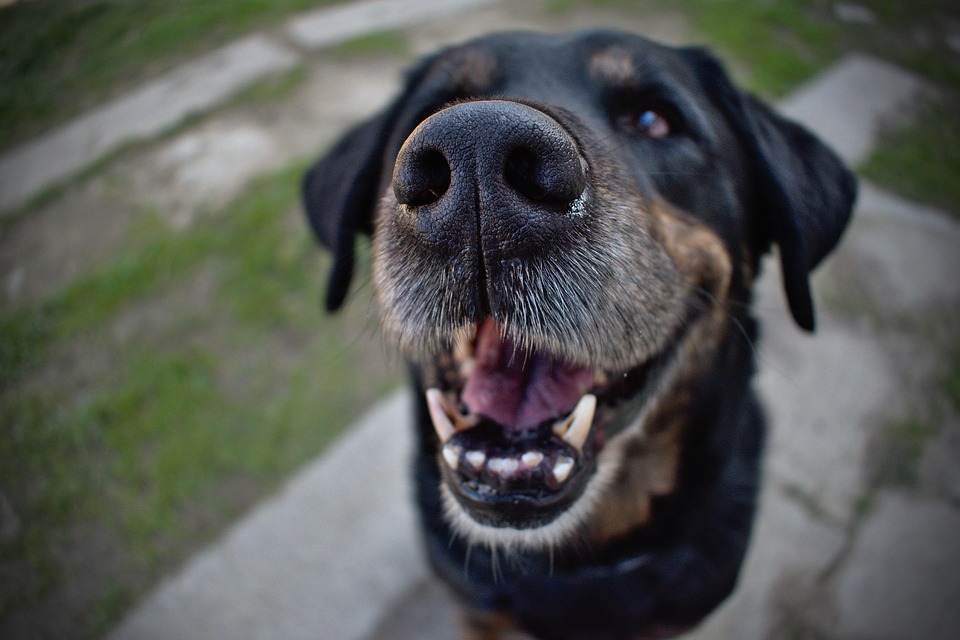
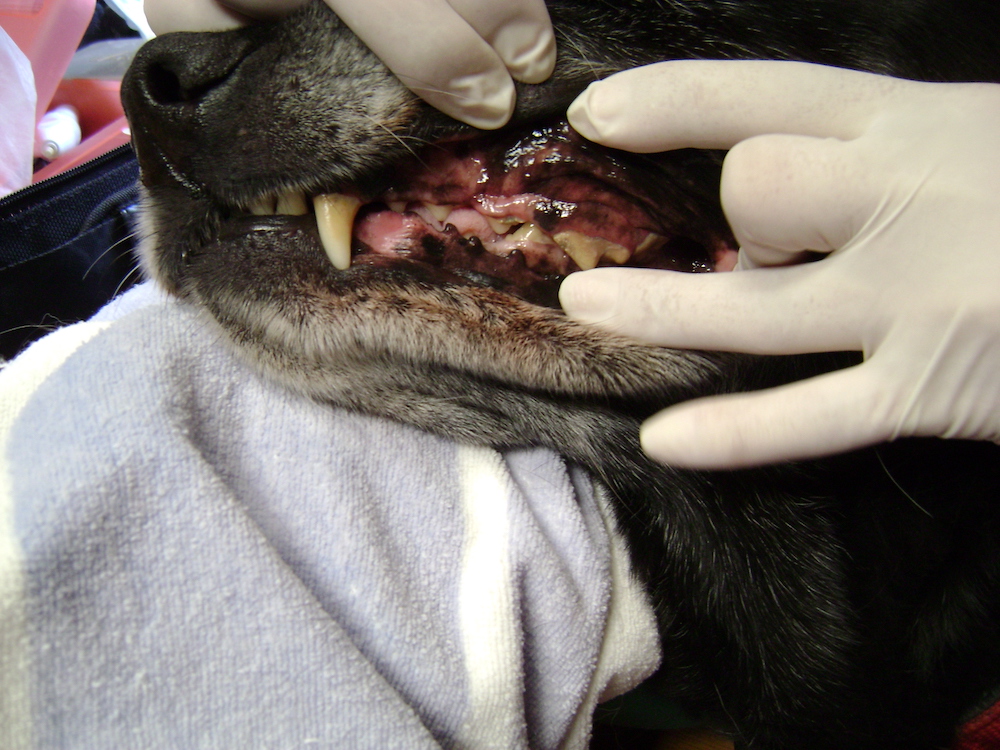

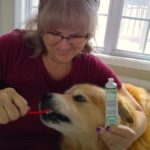


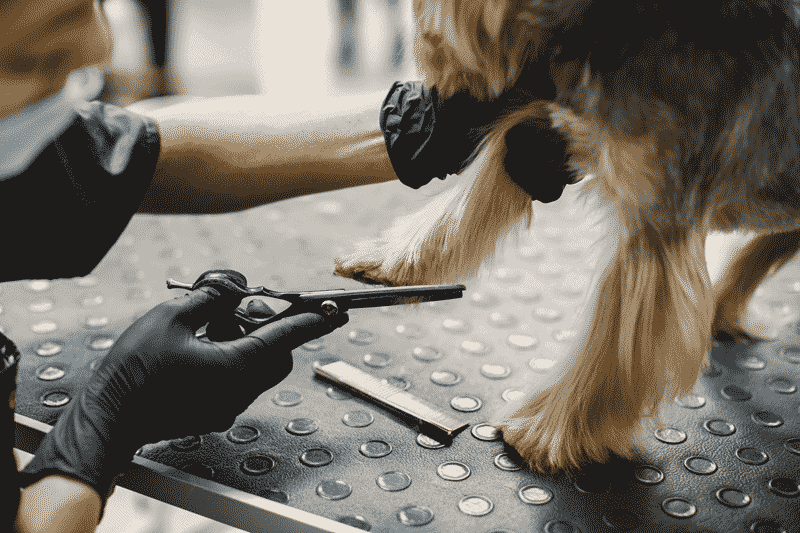
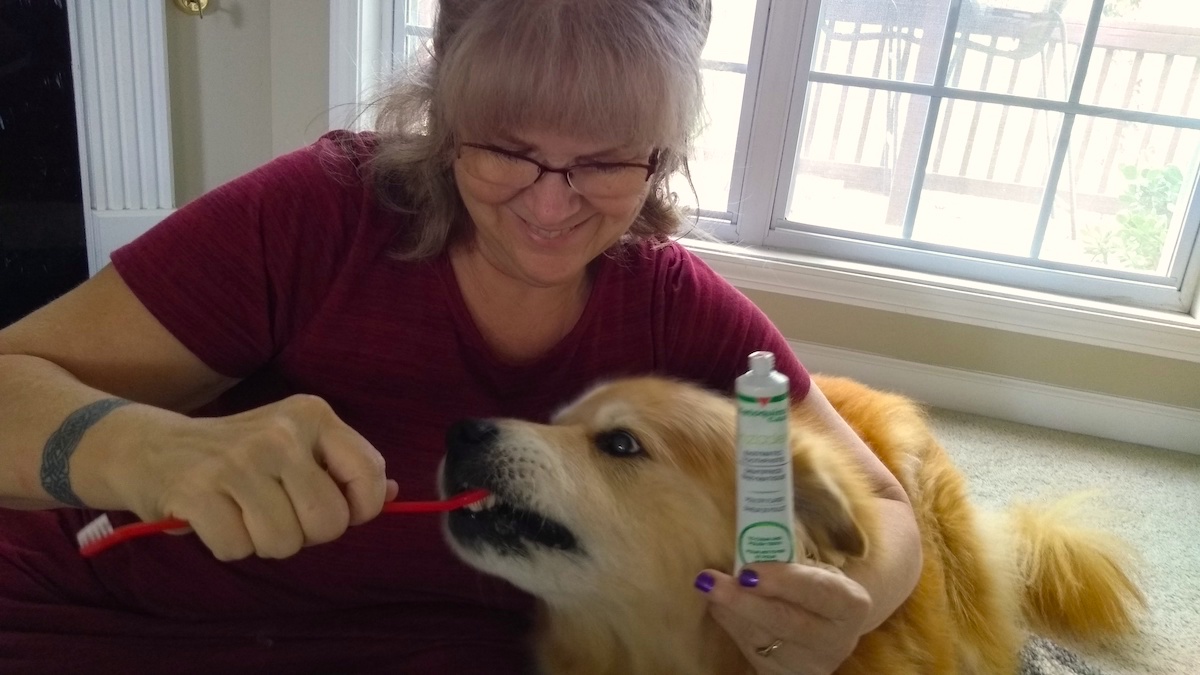


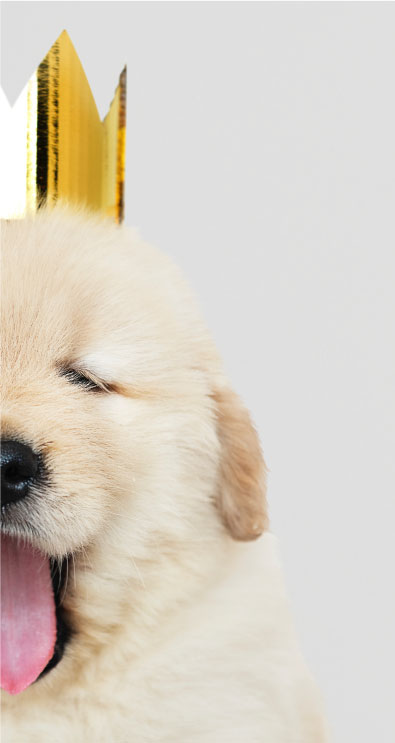
Hey! This is my first comment here so I just wanted to give a quick shout out and tell you I genuinely enjoy reading your posts. Can you recommend any other blogs/websites/forums that go over the same subjects? Thanks for your time!
So glad you like our pet info. You can certainly check out the author’s personal site, noted in her bio, for more animal health, safety and care tips! 🙂
Hello,
I was curious if you had any recommendations for bad breath for smaller, toothless breeds. :))) I got a little rescue Chihuahua at home with about 4 teeth but her breath severely unpleasant. Checked her teeth and no signs of rotting or yellow stains. We have tried every trick in the book. Brushing, parsley, peppermint, coconut oil, water additives, and change to wet food. Chew toys and greenies werent successful as she struggles to chew them.